Here is the code I wrote to generate DOF.
void generateDOFfromEye(Image& img, const Camera& camera, Scene scene, float focusPoint)
{
float pixelWidth = 1.0f / (float) img.width;
float pixelHeight = 1.0f / (float) img.height;
for (int y = 0; y < img.height; ++y)
{
for (int x = 0; x < img.width; ++x)
{
Color output(0,0,0,0);
img(x, y) = Color(0,0,0,0);
//Center of the current pixel
float px = ( x * pixelWidth) - 0.5;
float py = ( y * pixelHeight) - 0.5;
Ray cameraSpaceRay = Ray(Vector(0,0,0,1), Vector(px, py, 1.0f, 0.0f));
Ray ray = camera.Transform() * cameraSpaceRay;
int depth = 0;
int focaldistance = 2502;
Color blend(0,0,0,0);
//Stratified Sampling i.e. Random sampling (with 16 samples) inside each pixel to add DOF
for(int i = 0; i < 16; i++)
{
//random values between [-1,1]
float rw = (static_cast<float>(rand() % RAND_MAX) / RAND_MAX) * 2.0f - 1.0f;
float rh = (static_cast<float>(rand() % RAND_MAX) / RAND_MAX) * 2.0f - 1.0f;
// Since eye position is (0,0,0,1) I generate samples around that point with a 3x3 aperture size window.
float dx = ( (rw) * 3 * pixelWidth) - 0.5;
float dy = ( (rh) * 3 * pixelHeight) - 0.5;
//Now here I compute point P in the scene where I want to focus my scene
Vector P = Vector(0,0,0,1) + focusPoint * ray.Direction();
Vector dir = P - Vector(dx, dy, 0.0f, 1.0f);
ray = Ray(Vector(dx,dy,0.0f,1.0f), dir);
ray = camera.Transform() * ray;
//Calling the phong shader to render the scene
blend += phongShader(scene, ray, depth, output);
}
blend /= 16.0f;
img(x, y) += blend;
}
}
}
Now I don't see anything wrong here in the code. But the result I am getting is just a blurred image for the value of focuspoint > 500 as shown below:

If you can tell what is wrong in this code then it will be very helpful :)
Thanks!

